Notify me
2019 Beaujolais Blanc
Domaine Dupeuble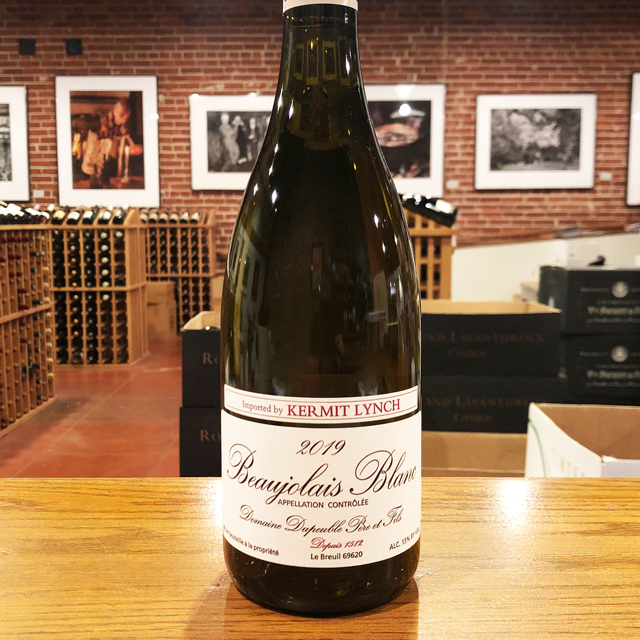
The family responsible for one of the most dependable bargain reds we import also has a way with Chardonnay grapes. Their old vines grow in clay and limestone in the southern part of the Beaujolais region, yielding the perfect counterpart to their juicy, versatile rouge. Made without any oak, it conveys plump fresh fruit via a bright and creamy texture, with a touch of minerality to enliven the crisp finale. An all-purpose sipper like this should be kept on hand at all times in case of thirst-related emergencies.
—Anthony Lynch
| Wine Type: | white |
| Vintage: | 2019 |
| Bottle Size: | 750mL |
| Blend: | Chardonnay |
| Country: | France |
| Region: | Beaujolais |
| Producer: | Domaine Dupeuble |
| Farming: | Lutte Raisonnée |
| Alcohol: | 13% |
More from this Producer or Region

2024 Beaujolais
France | Beaujolais
Tangy, thirst-quenching Gamay from a family that has been making Beaujolais for over 500 years.

2024 Beaujolais MAGNUM
France | Beaujolais
This Beaujolais offers the drinkability of the most effusive Morgons with the frankness of a chiseled Moulin-à-Vent.
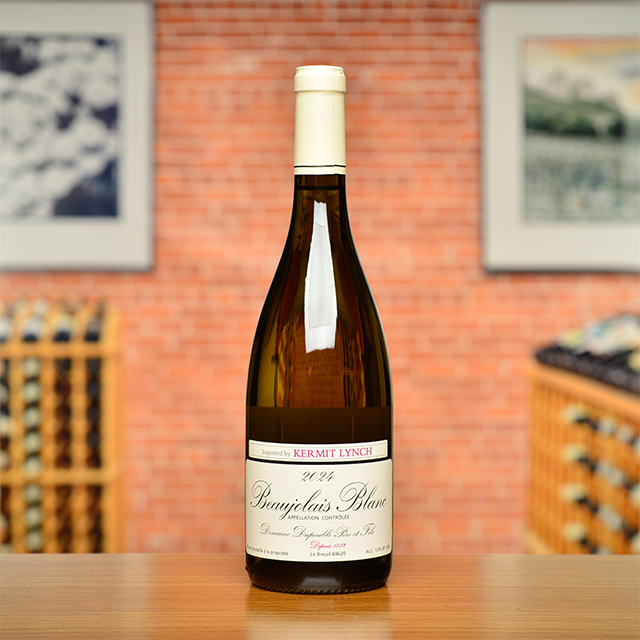
2024 Beaujolais Blanc
France | Beaujolais
Do not miss this outstanding, value-driven Chardonnay from one of our most beloved French domaines.
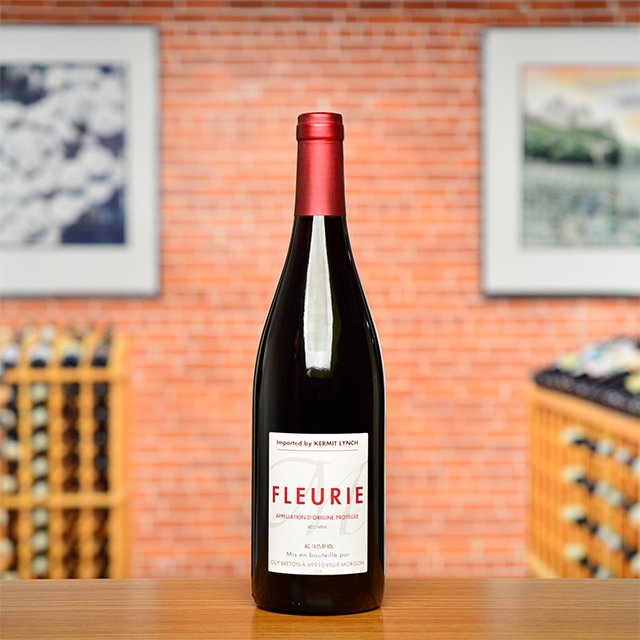
2024 Fleurie
France | Beaujolais
Guy Breton’s Fleurie is delicate, with buffed tannins and juicy fruit; it will leave your thirst slaked and your heart feeling light.

2023 Chénas “Vibrations”
France | Beaujolais
Its shimmering red fruit comes alive with a nice chill.
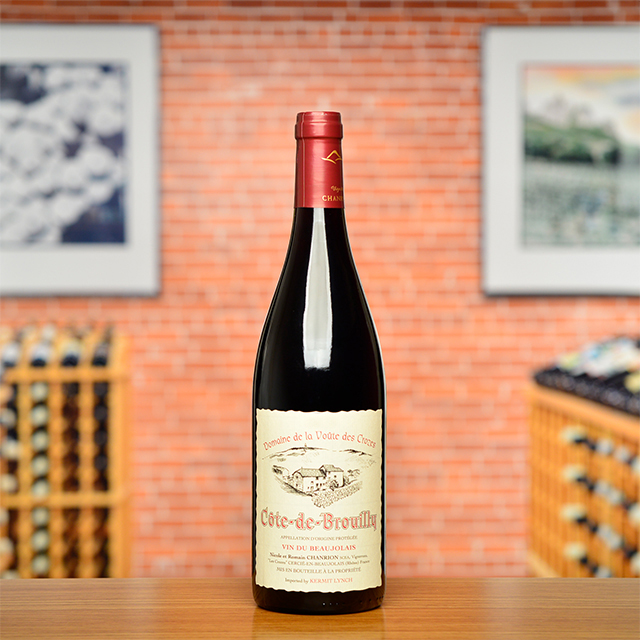
2024 Côte-de-Brouilly
France | Beaujolais
Loads of fun—juicy, round, structured, yet always elegant and focused. A classic favorite.

2023 Moulin-à-Vent “Sous la Roche”
France | Beaujolais
It combines the structural grandeur typical of Moulin-à-Vent with a high-elevation freshness.
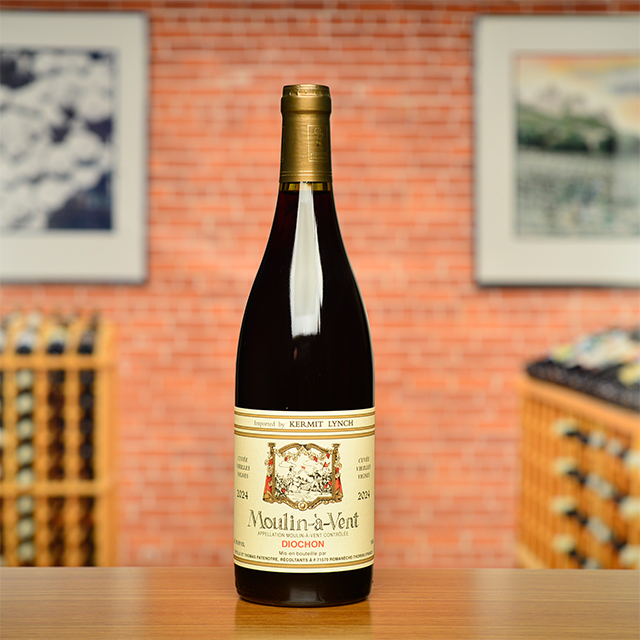
2024 Moulin-à-Vent “Vieilles Vignes”
France | Beaujolais
Moulin-à-Vent has a unique, earthy, chewy edge to it that you just can’t find anywhere else.

2024 Régnié “Grain & Granit”
France | Beaujolais
Here is a rich, bold Régnié, saturated with luscious fruit and earthy spice.

2022 Côte de Brouilly
France | Beaujolais
A relatively new addition to Guy Breton’s Beaujolais lineup, this exuberant Côte de Brouilly is flat-out delicious.
About The Producer
Domaine Dupeuble
About The Region
Beaujolais

After years of the region’s reputation being co-opted by mass-produced Beaujolais Nouveau and the prevalence of industrial farming, the fortunes of vignerons from the Beaujolais have been on the rise in the past couple of decades. Much of this change is due to Jules Chauvet, a prominent Beaujolais producer who Kermit worked with in the 1980s and arguably the father of the natural wine movement, who advocated not using herbicides or pesticides in vineyards, not chaptalizing, fermenting with ambient yeasts, and vinifying without SO2. Chief among Chauvet’s followers was Marcel Lapierre and his three friends, Jean Foillard, Guy Breton, and Jean-Paul Thévenet—a group of Morgon producers who Kermit dubbed “the Gang of Four.” The espousal of Chauvet’s methods led to a dramatic change in quality of wines from Beaujolais and with that an increased interest and appreciation for the AOC crus, Villages, and regular Beaujolais bottlings.
The crus of Beaujolais are interpreted through the Gamay grape and each illuminate the variety of great terroirs available in the region. Distinguishing itself from the clay and limestone of Burgundy, Beaujolais soils are predominantly decomposed granite, with pockets of blue volcanic rock. The primary vinification method is carbonic maceration, where grapes are not crushed, but instead whole clusters are placed in a tank, thus allowing fermentation to take place inside each grape berry.
Much like the easy-going and friendly nature of many Beaujolais vignerons, the wines too have a lively and easy-drinking spirit. They are versatile at table but make particularly good matches with the local pork sausages and charcuterie. Though often considered a wine that must be drunk young, many of the top crus offer great aging potential.
More from Beaujolais or France
2021 Côte de Brouilly
Alex Foillard France | Beaujolais
2024 Fleurie “Les Moriers”
Domaine Chignard France | Beaujolais
2024 Côte de Brouilly HALF BOTTLE
Château Thivin France | Beaujolais
2023 Beaujolais Blanc “Clos de Rochebonne”
Château Thivin France | Beaujolais
2024 Morgon “La Roche Pilée”
Jean-Paul et Charly Thévenet France | Beaujolais
2024 Morgon “Vieilles Vignes”
Guy Breton France | Beaujolais
2022 Côte de Brouilly
Guy Breton France | Beaujolais
2024 Côte de Brouilly
Château Thivin France | Beaujolais
2024 Beaujolais-Villages
Alex Foillard France | Beaujolais
2018 Brouilly
Alex Foillard France | Beaujolais
2021 Beaujolais Blanc “Terrain Rouge”
Jean-Paul et Charly Thévenet France | Beaujolais
2024 Côte-de-Brouilly
Nicole Chanrion France | Beaujolais
2021 Côte de Brouilly
Alex Foillard France | Beaujolais
2024 Fleurie “Les Moriers”
Domaine Chignard France | Beaujolais
2024 Côte de Brouilly HALF BOTTLE
Château Thivin France | Beaujolais
2023 Beaujolais Blanc “Clos de Rochebonne”
Château Thivin France | Beaujolais
2024 Morgon “La Roche Pilée”
Jean-Paul et Charly Thévenet France | Beaujolais
2024 Morgon “Vieilles Vignes”
Guy Breton France | Beaujolais
2022 Côte de Brouilly
Guy Breton France | Beaujolais
2024 Côte de Brouilly
Château Thivin France | Beaujolais
2024 Beaujolais-Villages
Alex Foillard France | Beaujolais
2018 Brouilly
Alex Foillard France | Beaujolais
2021 Beaujolais Blanc “Terrain Rouge”
Jean-Paul et Charly Thévenet France | Beaujolais
2024 Côte-de-Brouilly
Nicole Chanrion France | Beaujolais
Kermit once said...

Kermit once said...
Let the brett nerds retire into protective bubbles, and whenever they thirst for wine it can be passed in to them through a sterile filter. Those of us on the outside can continue to enjoy complex, natural, living wines.
Inspiring Thirst, page 236
















